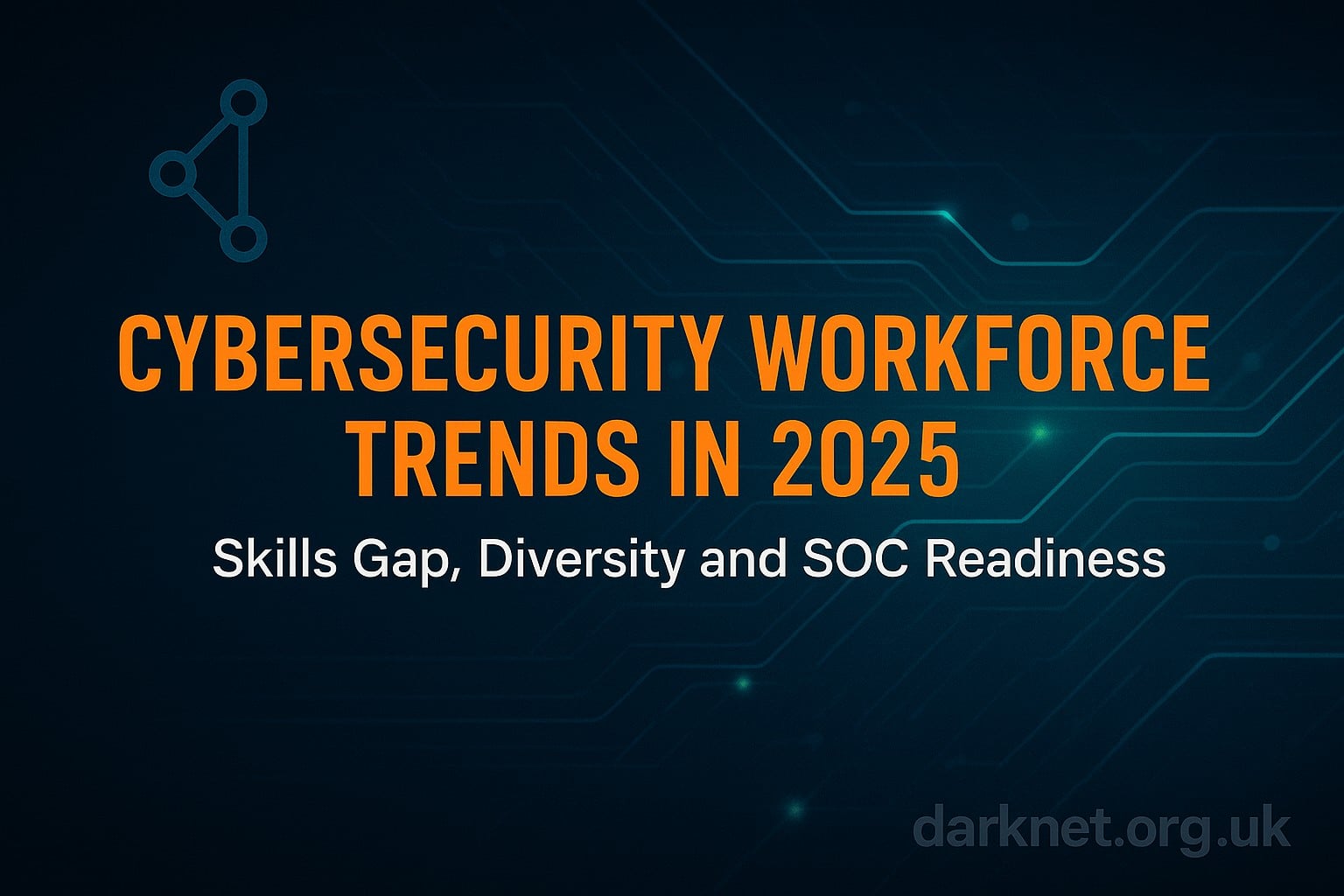Cybersecurity Workforce Trends in 2025: The Shift Towards Strategic Development
Cybersecurity teams are facing an unprecedented trifecta of pressure: widening SOC skill gaps, a chronic shortage of diverse talent, and rising expectations to support an expanding attack surface. In 2025, organisations that treat workforce development as a strategic asset will outpace threat actors.
In the past decade, women's representation in cybersecurity has increased steadily, from about 10 per cent globally in 2013 to an estimated 25 per cent in 2022, according to Cybersecurity Ventures' Women in Cybersecurity Report 2023. This is a meaningful gain, but still short of parity, and wide enough to represent potentially hundreds of thousands of capable professionals who have been overlooked.
Organisations remain deeply understaffed, with recent polling by the World Economic Forum finding that nearly 80 per cent of respondents say their organisations lack the in-house skills needed to meet their cybersecurity objectives. These shortages persist despite growing recognition that skills diversity—mixing soft and technical capabilities—strengthens threat detection and resilience.
Events like the 2025 Women in Cybersecurity Conference (WiCyS) in Dallas are more than networking hubs—they serve as pipelines for talent. Featuring Capture the Flag competitions, mentor sessions, and hiring forums, WiCyS demonstrates tangible ROI: building exposure and hiring interest for women entering the space.
Organisers report that previous attendees experience placement and retention rates 20 per cent higher than baseline industry averages. This suggests that targeted initiatives like WiCyS are effective in driving career entry and supporting diversity in the cybersecurity field.
Splunk’s SOC Efficiency Review and Skills Shift
According to Splunk’s “State of Security 2025” survey of over 2,000 security professionals, 74 per cent rated detection engineering as “the most important future skill for the SOC,” while 63 per cent said they frequently or consistently use code-based detection deployment.
This signals a clear shift: general SOC staffing must now prioritise developers and detection engineers capable of building and maintaining alerting pipelines, not just analysts reacting to alerts. This requires organisations to rethink their hiring strategies and invest in skills development programs that focus on detection engineering and coding capabilities.
Cross-Skilled Talent Bridging Technical Gaps
An academic study reviewing over 12,000 job ads and 49,000 Stack Overflow posts found that demand for communication and project management skills among cybersecurity roles now exceeds demand for any single technical skill.
In roles such as security analyst and security architect, professionals who can translate technical detail into stakeholder action are most in demand. This reinforces the importance of hybrid skill sets in filling automation gaps and integrating security programs across business units.
What Skills Do Cyber Security Professionals Need?
- Scripting skills (Python, PowerShell)
- Familiarity with frameworks like MITRE ATT&CK (Enterprise and Cloud matrices)
- Detection engineering capabilities
- Communication and project management skills
Successful cybersecurity teams in 2025 do more than monitor alerts—they build automated detection layers through code-based pipelines. Teams without these skills fall behind adversaries using AI-driven phishing, fileless payloads, and automated reconnaissance tools.
Mentorship and Onboarding
Researchers and HR professionals warn that poor psychological safety, rather than technical aptitude, drives turnover among new analysts. By building structured peer programs and ramping new hires through shadow shifts, organisations can retain up to 25 per cent more of their junior analyst hires.
Implementing a Strategic Workforce Development Strategy
Many organisations now view security hiring as a long-term talent development strategy. Companies such as Splunk have begun implementing quarterly check-ins and mentorship pipelines to retain diverse talent and prevent turnover at mid-career stages.
Employee Resource Groups (ERGs) focused on women and underrepresented groups have directly supported career progression actions in enterprise environments. Apprenticeship and ethics-first boot camps—often run by nonprofits—have matured into source programs that funnel 10–15 per cent of attendees into SOC internships, increasing post-hire retention by 30 per cent compared with general hires.
The Future of Cybersecurity Staffing
Cybersecurity staffing in 2025 is no longer a reactive scramble—it is a strategic differentiator. Organisations that build inclusive, technically strong, and retention-oriented workforces gain clarity and speed in threat response.
The future isn’t about having more people. It’s about having the right people, with diverse backgrounds, hybrid skills, and the pathways to thrive.
